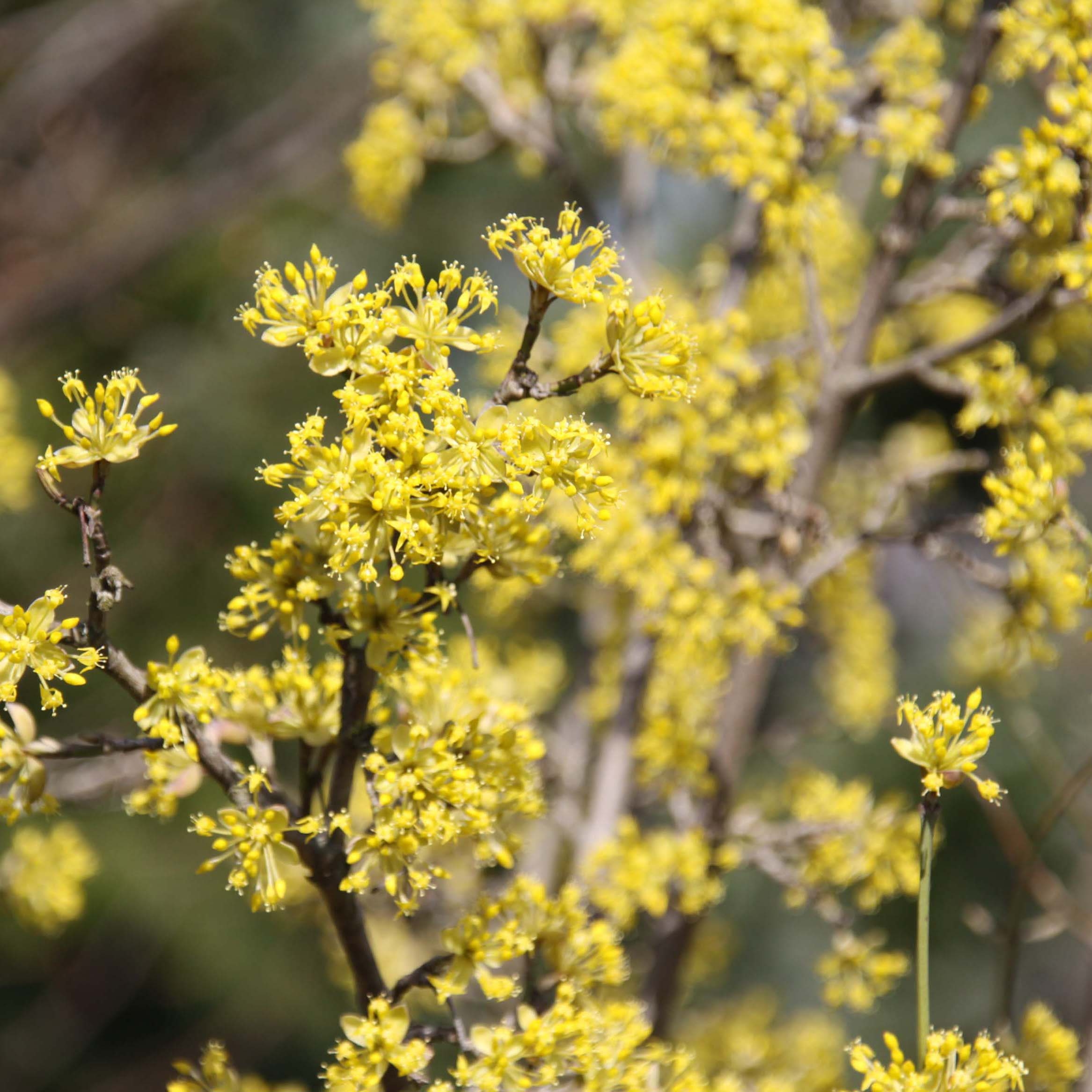
The tufa deposit at Resson (France) was first studied by Leymerie (1846) who mentioned the presence of numerous aquatic and terrestrial plant imprints, mollusc shells and mammal remains. However, they can provide a discrete snapshot of the ecology of plants and local plant communities as well as of the geological conditions at the locality (Ambert et al. While regional vegetation changes during the Quaternary are well documented in western Europe through palynological records, macroflora sites are still rare. , 1984 Field, 1993 Meyrick & Schreve, 2002 Jolly-Saad et al. While the plant remains later decay, the remaining calcite cast can provide sufficient external details to allow specific identification and thus environmental investigations (e.g. which can lead to the preservation of imprints and incrustations of organic remains and their structures. During tufa formation, when water emerges at a spring, physicochemical parameters and activity of the instream vegetation (especially cyanobacteria, mosses and algae) lead to rapid calcite precipitation. (2014) who stated that tufa differs from travertine in that the latter is reserved to rocks originating from warm to hot water hydrothermal facies. The terms tufa and travertine have been controversially used for decades. Calcareous tufa deposits result from the dissolution of the carbonate content of the bedrock in the aquifer, favoured by soil and forest development and the resulting groundwater acidification (Pentecost, 1995, 2005). 1 - Introductionġ This paper presents the rich plant macroremains from the Resson tufa (Aube, Northeastern France). This manuscript is part of new investigation at Resson financially supported by the LabEx DynamiTe and the SRA Champagne-Ardenne. We would also to thank the reviewers, Vincent Lebreton and Adam Ali, for their help to improve the manuscript. We thankfully acknowledge Michel Arluison (ANVL, Fontainebleau) who kindly verified the Mosses sample identification. We are thankful to the staff of Musée de Troyes, namely Céline Nadal (former Curator) for allowing access to the collection, Ghislain Grégoire (Assistant) for his great help in retrieving it and his warm welcome at the Museum and Carole Bell, photographer of the City of Troyes, for her generous collaboration in the realization of a large number of photos. La description de ces nouvelles données paléobotaniques apporte de nouvelles données essentielles complétant les études antérieures qui peuvent être très utiles pour les études paléoenvironnementales visant à la reconstruction du paysage passé au cours du dernier interglacaire.

La plupart des taxons sont présents dans la flore actuelle régionale à l’exception de Buxus et Taxus. L’abondance des Charophytes témoigne de la présence d’un milieu aquatique ouvert à proximité d’une forêt humide riveraine. Taxus ainsi que plusieurs espèces arbustives évoquant un environnement forestier. L’analyse de 52 échantillons a permis l’identification de 24 taxons incluant Acer, Corylus, Fagus, cf. Dans cette étude, la flore fossile préservée dans un tuf daté du dernier interglaciaire (Eemien) localisé à Resson au nord-est du Bassin de Paris, est réétudiée. The description of new palaeobotanical data from this tufa system provides rich information complementing former studies that are used for palaeoenvironmental investigations aimed to the reconstruction of the past landscape during the last Interglacial.ĭe par leur nature et les processus de précipitation, les dépôts de tufs offrent un fort potentiel d’enregistrement des données hydrologiques, climatiques, écologiques et de biodiversité dans les régions ne possédant pas d’autres archives paléoenvironmentales des périodes interglaciaires. Most of the taxa are currently present in the area with the exception of Buxus and Taxus. The abundance of charophytes support the hypothesis that an open aquatic environment existed in the vicinity of the shady wetland forest close to the stream. Taxus and other woody shrubs reflecting a forest environment. The analysis of 52 samples identify 24 taxa including Acer, Corylus, Fagus, cf. In this study, a flora from Resson tufa (northeastern Paris Basin) assigned to the last interglacial (Eemian) is reinvestigated.

Due to their nature and the process of their precipitation, tufa deposits offer the potential to serve as sedimentary records of hydrology, climate, ecology, and biodiversity in areas otherwise lacking such archives of past interglacial landscapes.


 0 kommentar(er)
0 kommentar(er)
